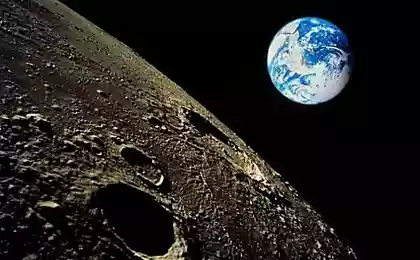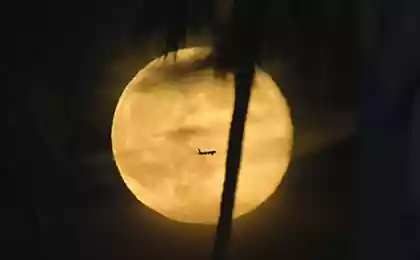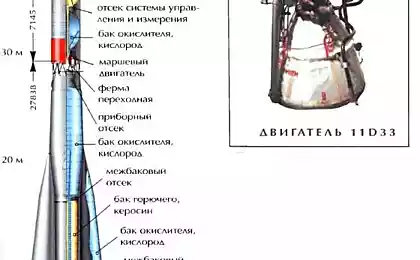1676
Supermoon
On the night of 12 July 13, the full moon coincided with the moment of closest approach of the Moon and the Earth and our moon began to seem up 14% and 30% brighter than usual.
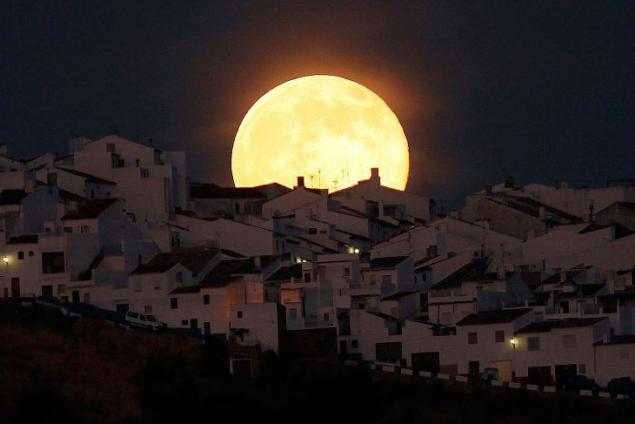
The moon reached perigee - the closest point to Earth lunar orbit. At perigee moon to the planet Earth is about 50 thousand kilometers closer than when he goes farthest point - apogee. Such changes in the distances between the Moon and the Earth are due to the fact that the satellite orbit is elliptical.
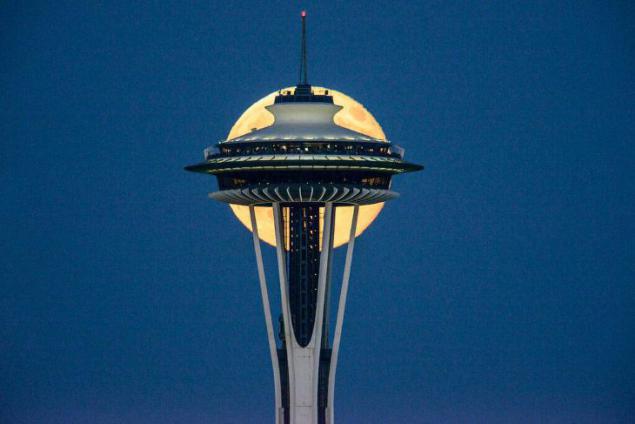
Supermoon 2014 and stork in southern Spain, July 13, 2014. (Photo by Jon Nazca):

Kansas, July 12, 2014. (Photo by John Sleezer | Kansas City Star | MCT):
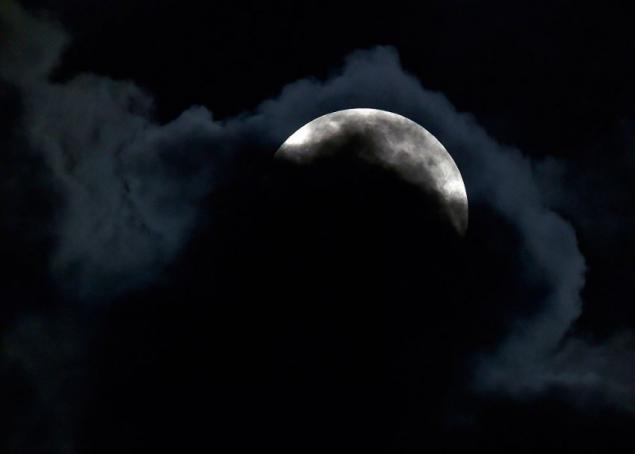
Another photo of Kansas, July 12, 2014. The clouds parted. (Photo by John Sleezer | Kansas City Star | MCT):
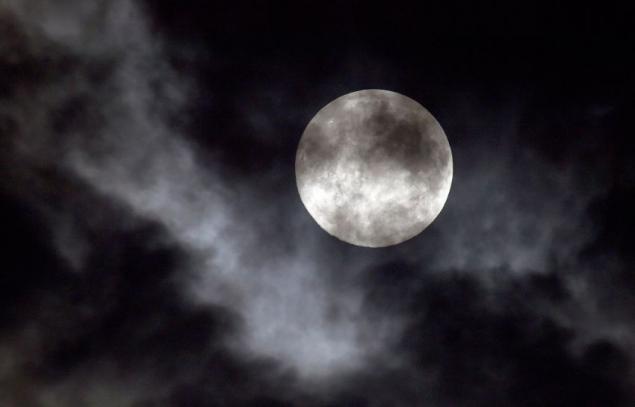
To observe the Moon is important angle of elevation above the horizon of the moon. Scientific observations made while lifting 30 degrees and above.
Supermoon 2014 in Manhattan, New York. (Photo by Carlo Allegri):
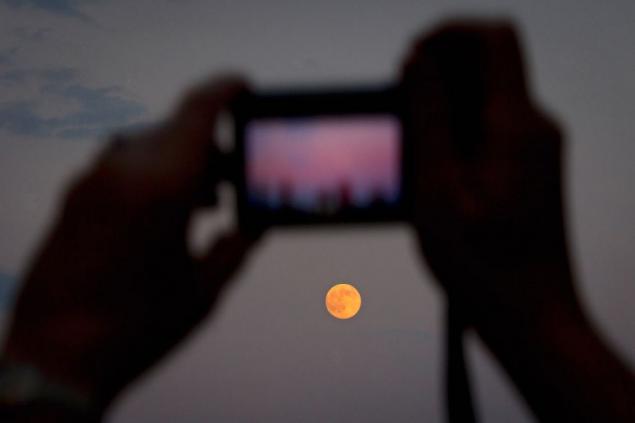
To see the moonlit sea, the continental zone and lunar craters, you need an 8-fold increase, ie, binoculars. Well, or a telephoto lens with a camera to shoot it.
Supermoon 2014 in Manhattan, New York. (Photo by Carlo Allegri):
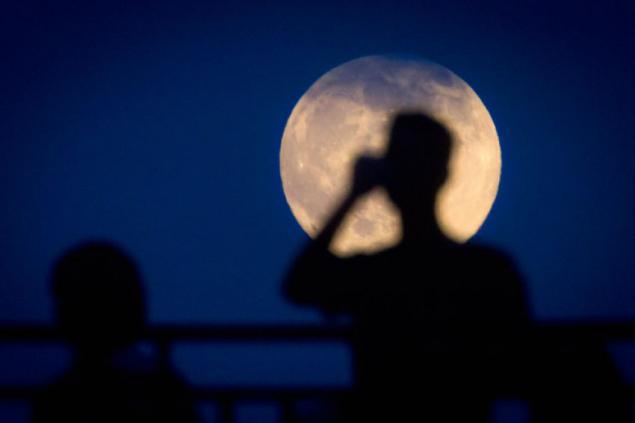
For observation of small craters, faults and fractures need 100x amateur telescope. Relatively small surface features can be considered in the professional telescope with 400-600-fold magnification.
Supermoon 2014 in Manhattan, New York. (Photo by Carlo Allegri):
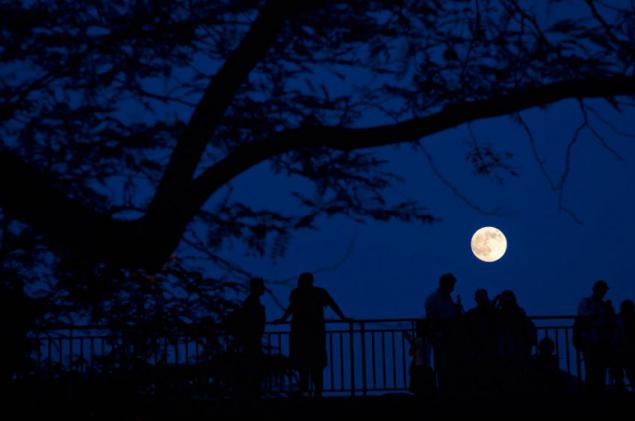
Kansas City, Missouri, July 12, 2014. (Photo by Dave Kaup):
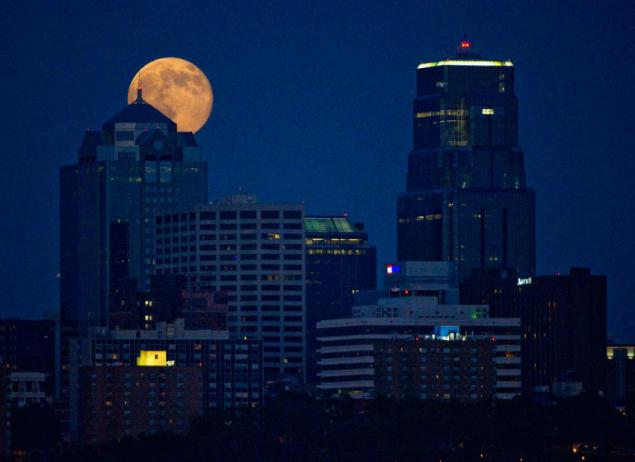
Supermoon 2014 in Manhattan, New York. (Photo by Carlo Allegri):
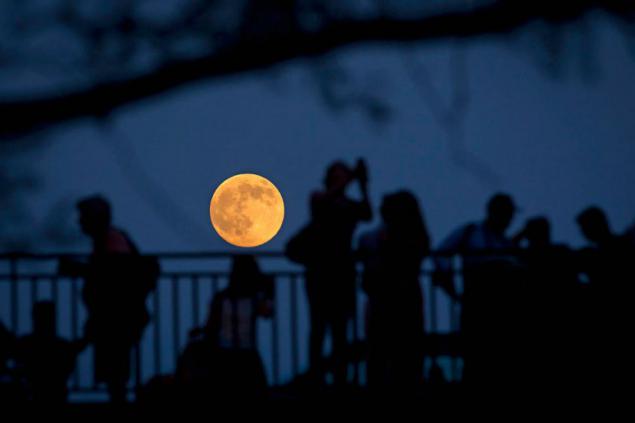
Supermoon 2014 in Manhattan, New York. (Photo by Carlo Allegri):
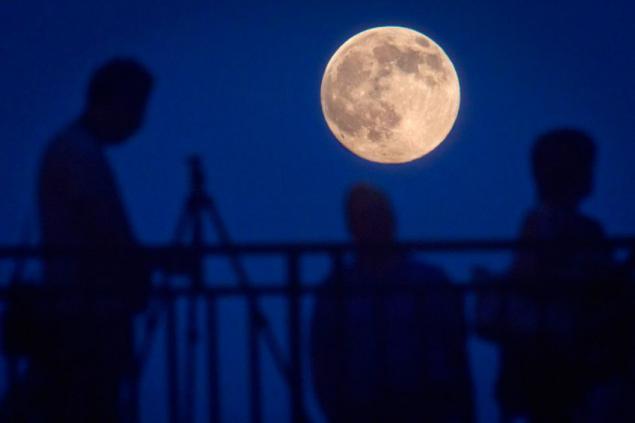
By the way, in 2014 we will have two more Supermoon - 10 August and 9 September. (Photo by Carlo Allegri):
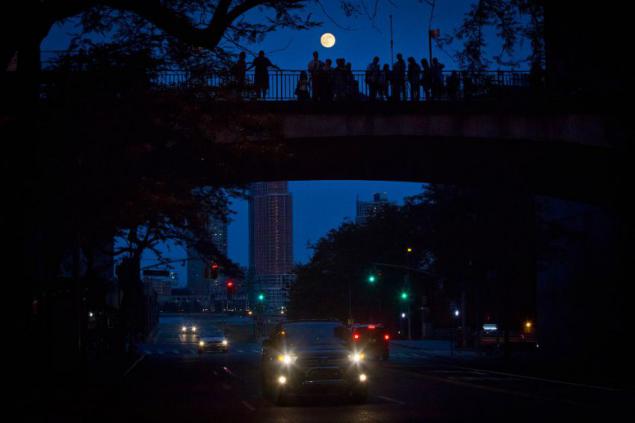
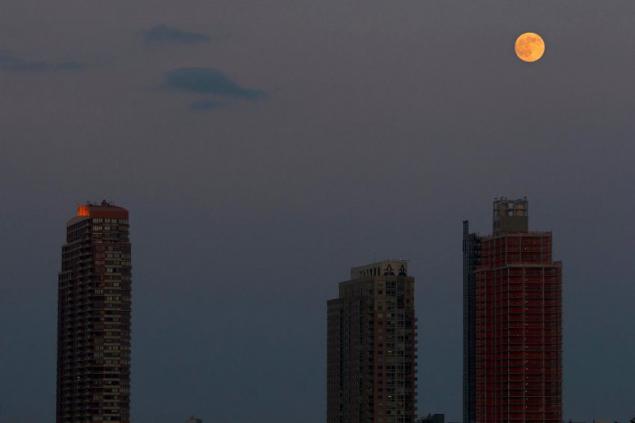
The average distance from the Earth to the Moon is 384,000 kilometers. The moon is never removed from the Earth more than 406.7 thousand. Km and is not approaching closer than 356.4 thousand. Km.
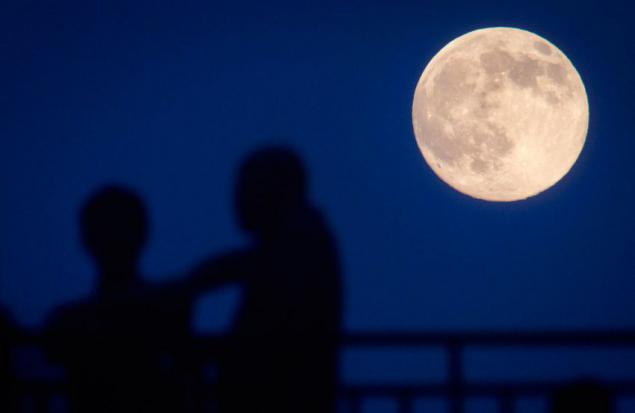
Ottawa, July 12, 2014. (Photo by Blair Gable):
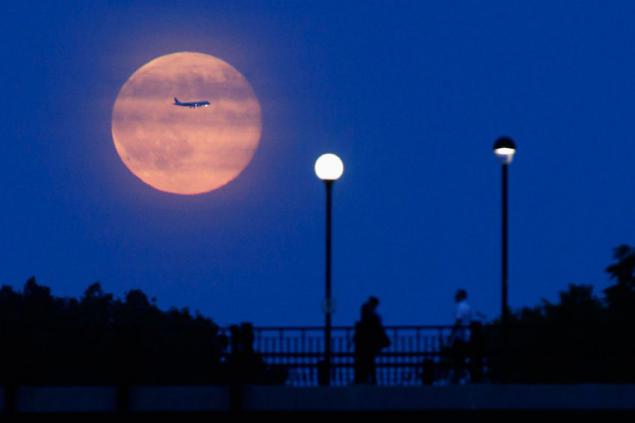
Ottawa, July 12, 2014. (Photo by Blair Gable):

Ottawa, July 12, 2014. (Photo by Blair Gable):

Supermoon 2014 in Kansas, July 12, 2014. (Photo by John Sleezer | Kansas City Star | MCT):

Washington, DC, July 12, 2014. (Photo by Mandel Ngan):
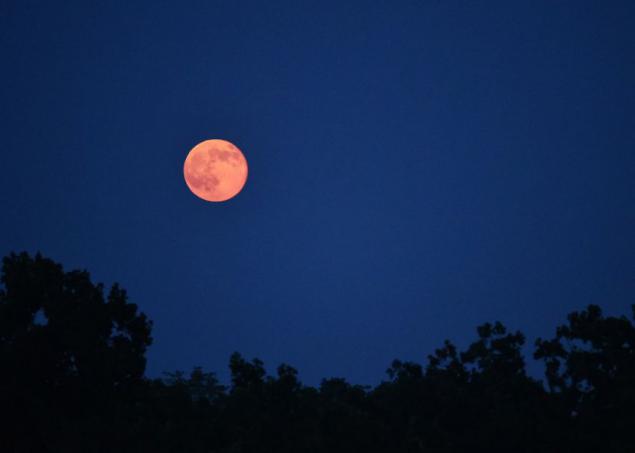
Supermoon 2014 in the south of Spain. (Photo by David McNew):
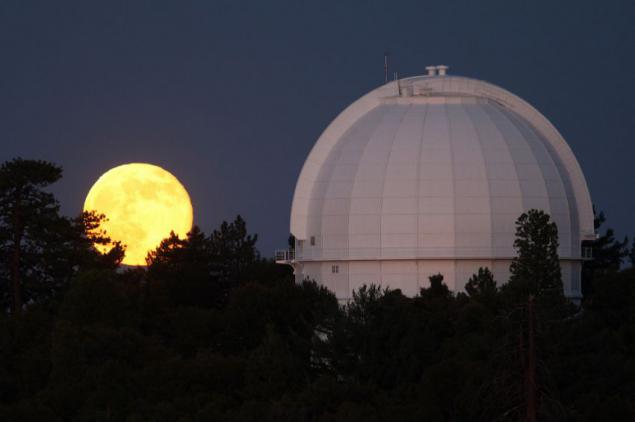
Supermoon 2014 over the harbor in Vancouver.
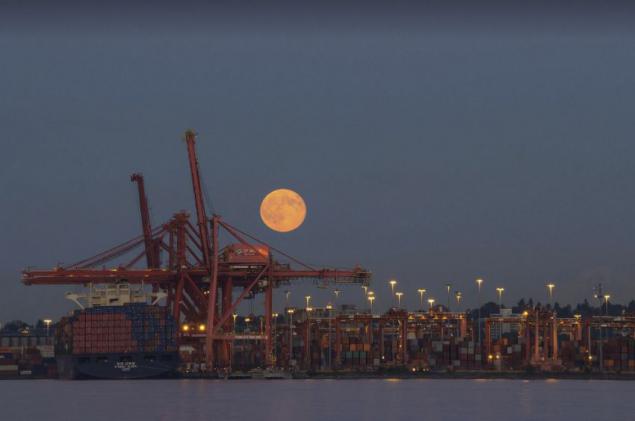
Supermoon 2014 in the south of Spain. (Photo by Jon Nazca).
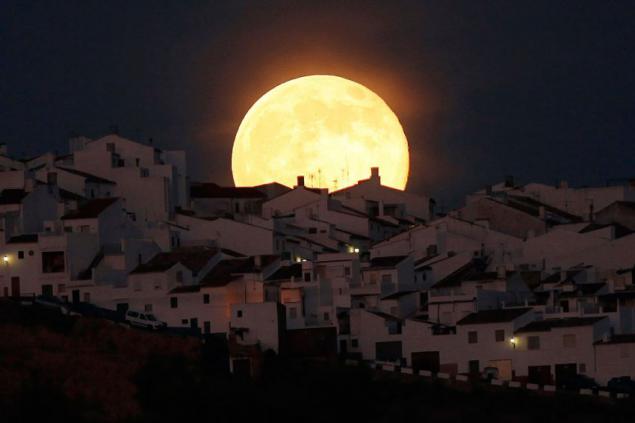
Source: loveopium.ru

The moon reached perigee - the closest point to Earth lunar orbit. At perigee moon to the planet Earth is about 50 thousand kilometers closer than when he goes farthest point - apogee. Such changes in the distances between the Moon and the Earth are due to the fact that the satellite orbit is elliptical.

Supermoon 2014 and stork in southern Spain, July 13, 2014. (Photo by Jon Nazca):

Kansas, July 12, 2014. (Photo by John Sleezer | Kansas City Star | MCT):

Another photo of Kansas, July 12, 2014. The clouds parted. (Photo by John Sleezer | Kansas City Star | MCT):

To observe the Moon is important angle of elevation above the horizon of the moon. Scientific observations made while lifting 30 degrees and above.
Supermoon 2014 in Manhattan, New York. (Photo by Carlo Allegri):

To see the moonlit sea, the continental zone and lunar craters, you need an 8-fold increase, ie, binoculars. Well, or a telephoto lens with a camera to shoot it.
Supermoon 2014 in Manhattan, New York. (Photo by Carlo Allegri):

For observation of small craters, faults and fractures need 100x amateur telescope. Relatively small surface features can be considered in the professional telescope with 400-600-fold magnification.
Supermoon 2014 in Manhattan, New York. (Photo by Carlo Allegri):

Kansas City, Missouri, July 12, 2014. (Photo by Dave Kaup):

Supermoon 2014 in Manhattan, New York. (Photo by Carlo Allegri):

Supermoon 2014 in Manhattan, New York. (Photo by Carlo Allegri):

By the way, in 2014 we will have two more Supermoon - 10 August and 9 September. (Photo by Carlo Allegri):


The average distance from the Earth to the Moon is 384,000 kilometers. The moon is never removed from the Earth more than 406.7 thousand. Km and is not approaching closer than 356.4 thousand. Km.

Ottawa, July 12, 2014. (Photo by Blair Gable):

Ottawa, July 12, 2014. (Photo by Blair Gable):

Ottawa, July 12, 2014. (Photo by Blair Gable):

Supermoon 2014 in Kansas, July 12, 2014. (Photo by John Sleezer | Kansas City Star | MCT):

Washington, DC, July 12, 2014. (Photo by Mandel Ngan):

Supermoon 2014 in the south of Spain. (Photo by David McNew):

Supermoon 2014 over the harbor in Vancouver.

Supermoon 2014 in the south of Spain. (Photo by Jon Nazca).

Source: loveopium.ru

















